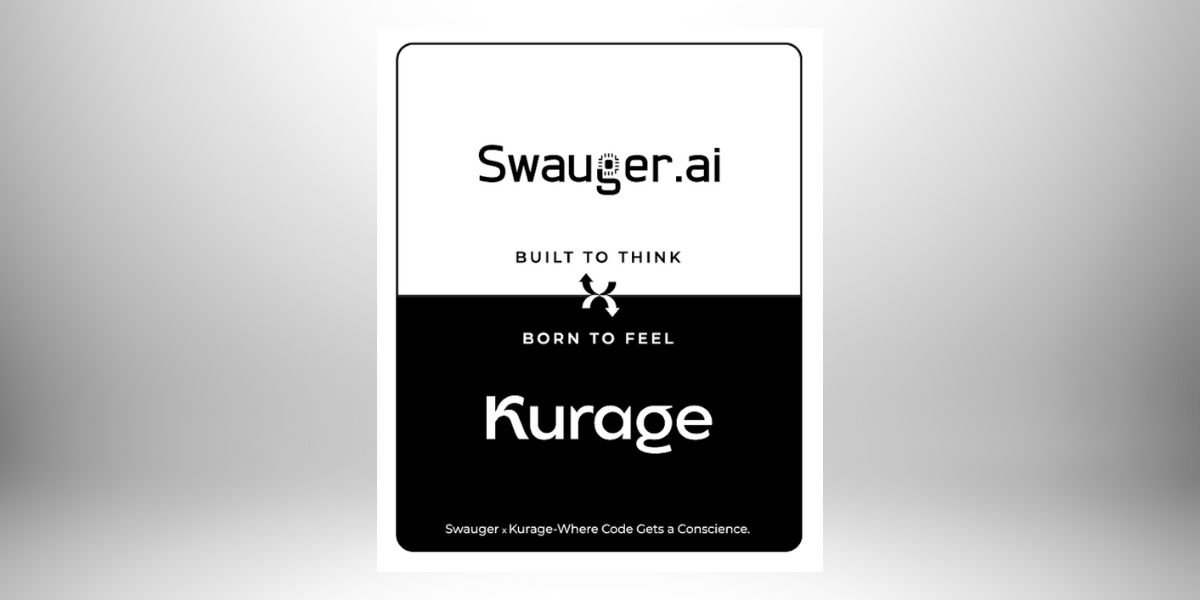Setting Sail: From Explorers to Gold Rush Boomtown
San Francisco’s love affair with the sea goes way back. Forget fancy tech giants and cable cars for a minute – this city’s story began on the docks, its rise and transformation forever tied to the vast blue expanse of the Pacific Ocean. From daring Spanish explorers to the bustling trade routes and the mighty warships of World War II, the salty spray and the call of the open water have been a constant presence in SF’s journey.
The first Europeans to arrive were the Spanish, led by Juan Bautista de Anza in 1776. They weren’t exactly greeted with a brass band – the Ohlone people who had lived here for millennia weren’t too keen on these newcomers. But the Spanish saw potential: a natural harbor, a strategic location for trade with Asia. Thus began SF’s maritime destiny.
Fast forward to the mid-1800s, and the sleepy harbor town explodes into a full-fledged boomtown. The culprit? The Gold Rush, of course! Prospectors flooded in, and San Francisco became the key entry point. Ships crammed with hopeful fortune seekers and all the supplies they needed poured into the harbor. Suddenly, this quiet port city was a chaotic hive of activity, and its maritime industry boomed.
“The Gold Rush is a classic example of how San Francisco’s location and natural harbor made it a magnet for people and commerce,” explains a historian at the San Francisco Maritime National Historical Park. “The city grew up around its connection to the sea.”
With the Gold Rush frenzy subsiding, San Francisco didn’t become a ghost town. Instead, it transformed into a major West Coast trade center. Ships laden with goods from China, Hawaii, and Europe docked at the bustling piers. The city became a gateway to Asia, a place where cultures collided and fortunes were made.
But it wasn’t all glamorous trade routes. San Francisco’s waterfront also became a center for heavy industry. Shipyards churned out massive vessels, canneries packed sardines and salmon caught off the California coast, and warehouses brimmed with goods destined for all corners of the world. The tang of the sea air mingled with the smell of lumber and fish, a constant reminder of the city’s dependence on the maritime world.
The Power of the Navy: Anchored in War
San Francisco’s significance wasn’t lost on military strategists. During World War II, the city’s shipyards went into overdrive. The iconic Kaiser Shipyards, stretching for miles along the waterfront, became a crucial part of the war effort. Thousands of ships, from liberty ships to destroyers, were built here, a testament to the city’s industrial might and its unwavering support for the war cause.
“San Francisco’s wartime shipbuilding industry was a game-changer,” says a docent at the Musée Mécanique, a museum with a fascinating exhibit on this period. “The ships built here helped turn the tide of the war, and they stand as a reminder of the city’s unwavering spirit.”
The latter half of the 20th century saw a major shift on the San Francisco waterfront. The rise of container shipping and automation led to the decline of traditional port activity. The docks that once bustled with longshoremen and clanging machinery fell silent.
But San Francisco, ever the resourceful city, reinvented itself. Those same piers that once welcomed cargo ships are now lined with tourist attractions. Fisherman’s Wharf, with its barking sea lions and cheesy souvenir shops, thrives on tourism. Historic ships like the Balclutha, a square-rigged sailing vessel, and the Alma, the last remaining San Francisco Bay scow schooner, offer visitors a glimpse into the city’s maritime past.
Setting Sail into the Future
San Francisco’s maritime story isn’t over. Today, the focus is on sustainability and recreation. Kayaking through the calm waters of McCovey Cove, or exploring the bay on a ferry to Sausalito or Alcatraz, are popular activities. Efforts are underway to revitalize the waterfront with a mix of historical preservation, artistic endeavors, and green spaces.
San Francisco’s bond with the sea is undeniable. The city’s character, its history, and its future are all intertwined with the vast expanse of the Pacific Ocean. So next time you find yourself wandering along the Embarcadero, take a moment to breathe in the salty air and listen to the rhythmic lapping of waves against the piers. You’re standing on land, but the sea is never far from the heart of San











